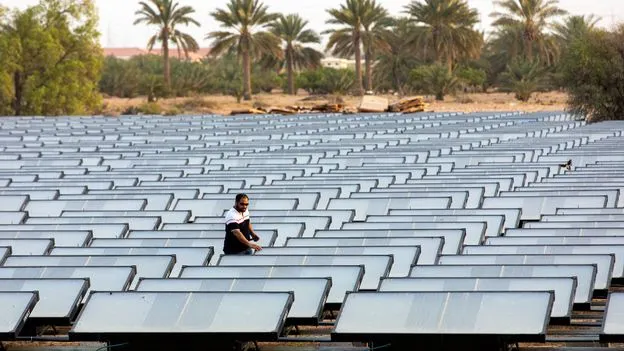Southern Nevada is in the grip of one of the worst droughts it has experienced in recorded history, leading to water shortages and restrictions on use. So, in water-stressed areas such as this, the prospect of wringing water from thin air is an appealing prospect. And it is exactly what Cody Friesen is trying to do.
Friesen, an associate professor of materials science at Arizona State University, has developed a solar-powered hydropanel that can absorb water vapour at high volumes when exposed to sunlight.
It is a modern-day twist on an approach been used for centuries to pull water from the atmosphere, such as using trees or nets to “catch” fog in Peru, a practice that dates back to the 1500s and is still being used today.



There are some dry coastal areas with very specific fog conditions where it can make sense, but it is indeed quite niche.
One area where I think school fails us is that they tell us that fog and clouds are made of water vapor. They are actually made of aerosolized water. It seems like a pedantic difference, but it’s important in this case because fog has actually already condensed, it just needs to be collected.
To collect water in a non-foggy place, you need to drive a collecting surface below the dew point. To collect fog, you just need any surface for it to coalesce on, like a fog net (or even better, a fog harp). Adding power to a fog harvesting system would likely increase performance, but probably not as much as spending that same amount of space/money on more fog nets.
The ammount of energy to convert water vapor into liquid is very high, there have to be really hard getting fresh water by any other means for this system to be worth it in the long run.
If it is coastal, then it should have access to sea water, a reverse osmosis desalination plant will probably be more efficient and reliable in the long run.
That’s a logical assumption. It says here that “The SOURCE Hydropanels are already being used by schools in Mexico, Syrian refugee communities in Lebanon and Jordan, and fire stations in Puerto Rico that have been hit by hurricanes” which, if true, shows possibility for wider application where needed.